Many people in marketing land from all over the world have an opinion about the Calvin Klein commercial featuring Jeremy Allen White. Check it out below:
The reactions are both positive and negative, and some are, let's say, especially excited. Many see it as a signature campaign for Calvin Klein, which always uses famous people, and some comment that they're already on their way to buy some pants.
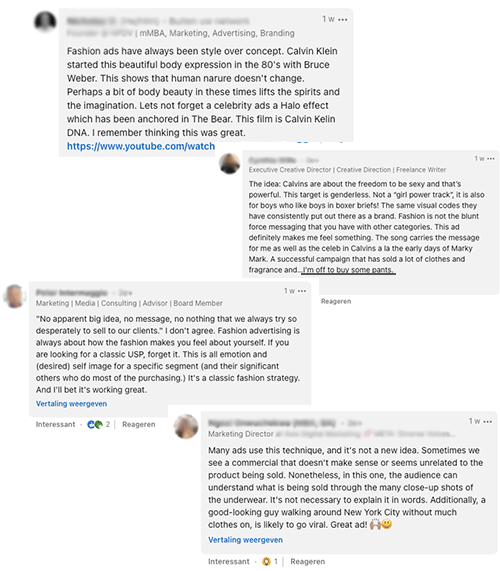
Others doubt that it's a good fashion campaign and wonder if it will go down into the books as a true classic.
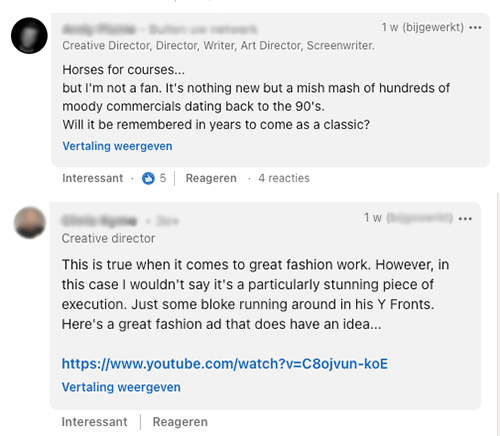
And then you have those who don't talk so much about whether it's a good or bad commercial. They say they appreciate what they see. An opinion some of us here in the office share.
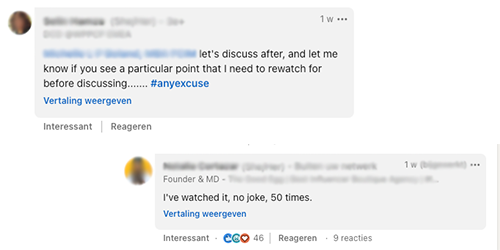
As the comments show, whether you like or dislike the commercial is a matter of taste. But since millions were laid down for this campaign, we can imagine Calvin Klein would want to see an increase in sales.
And to see sales increase, you'll have to have an effective campaign. In neuroterms, it needs to activate more positive than negative emotions, which should ultimately lead to a behavioural intention: wanting to buy or increased brand value. For the former, you need to get the reward system working. For the latter, you need a commercial that is Engaging; consumers need to get or be engaged with the brand.
To know if your commercial activates such emotions and intentions, you need to test it (preferably beforehand). And that's what we did, we tested this commercial in the brain with fMRI.
With MRI, you measure 70 times per minute the conscious and unconscious emotions that the commercial activates. We measure for instance lust, desire, expectation, trust and value. But also fear, danger, anger and disgust. The combination of all these emotions determines whether consumer behaviour will get activated or not. Whether it will like something or not. And ultimately whether, the commercial is good or bad.
To interpret the fMRI results, to know the 'why', we used an online panel afterwards.
The fMRI results: An exciting Calvin Klein commercial, or not?
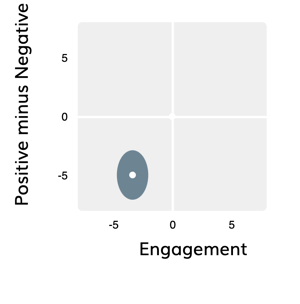
In the quadrant above, you see a combination of the results of the fMRI study. On the Y-axis you see the ratio of positive to negative emotions. On the X-axis the degree of Engagement. The higher the Engagement, the more to the right. So, a score in the upper-right quadrant is optimal: more positive than negative emotions and above-average Engagement.
As you can see, the commercial scores in the lower left quadrant. This means that the commercial activates more negative than positive emotions. And there is even a negative score on Engagement. There's almost no Engagement with the brand Calvin Klein. Continue reading to discover why.
Lots of attention, but for what?

The spider above shows the commercial's score on the 13 emotions and dimensions relevant to consumer behaviour. It stands out that the commercial activates a lot of attention (Attention). We asked our online panel what exactly activates attention. We do this by using a psychological trick, by asking what other people think. After all, we humans are better at predicting other people's behaviour than our own.
As you probably expect, the beautiful man activates attention with his muscular body, the famous music and the beautiful images of New York. In the valence timeline below, you can exactly see which moments in the commercial activate the most attention.

Unclarity due to lack of brand & context
 Besides the attention Jeremy, the music and New York activate, the commercial activates a lot of fear (Fear), an exponent of unclarity. To understand where this unclarity comes from, we turned to the online panel.
Besides the attention Jeremy, the music and New York activate, the commercial activates a lot of fear (Fear), an exponent of unclarity. To understand where this unclarity comes from, we turned to the online panel.

There are several moments in the commercial where unclarity is activated. At the beginning, the actor takes off his clothes, but it's unclear to the viewer why he's doing this. This is mainly because the brand link is missing. For example, people wonder:
"Why on earth train in your underwear?"
During the close up of Jermey's face, around 15 seconds in, people wonder why he looks that way and a mismatch between the footage and the music arises:
"Why such a strange facial expression in an advert"
"Lost the whole advert and the singer sings about boys. that song is not about boys and sex. song and video no longer match"
Context is missing
The unclarity also stems from the lack of context. Because it's unclear for most what the ad is for, the actor's actions aren't well understood:
"What do they want to show ..city, bank, socks?"
"Unclear which brand"
"You have to pay close attention if you want to know what this advert is about."
"Kind of lost what exactly they want to make clear and it doesn't get any better"
Because of the missing context, the viewer is irritated by the half naked body
 The commercial also activates irritation (Anger). How can a tightly toned body activate irritation you might ask (as a marketer)? It can, especially if it's not placed in context, like clearly communicating the brand. And that's exactly what is happening here. Taking off the shirt - showing the body - is perceived as 'exaggerated'. The sultry (or penetrating?) look isn't well appreciated either:
The commercial also activates irritation (Anger). How can a tightly toned body activate irritation you might ask (as a marketer)? It can, especially if it's not placed in context, like clearly communicating the brand. And that's exactly what is happening here. Taking off the shirt - showing the body - is perceived as 'exaggerated'. The sultry (or penetrating?) look isn't well appreciated either:
"Seems so exaggerated. Someone wanting to show their body"
"Undressing, genitals clearly visible through underwear"
"Irritating image, because the guy doesn't seem so handsome now"
"that look"
Unbelievable, but true: a tightly trained body doesn't work well in every context
 The final negative emotion activated is disgust. This is due to the combination of the almost naked body, the sultry gaze (at 15 seconds) and the illogical locations in which the scenes take place. Again, this is due to the lack of context; the viewer doesn't know where the story is going. The actor undresses, but the reason remains unclear.
The final negative emotion activated is disgust. This is due to the combination of the almost naked body, the sultry gaze (at 15 seconds) and the illogical locations in which the scenes take place. Again, this is due to the lack of context; the viewer doesn't know where the story is going. The actor undresses, but the reason remains unclear.
Viewers also see the actor putting his trousers back on at the end, but the Calvin Klein logo is missing. Therefore the purpose of the commercial remains unclear and creates disgust. Here are some answers from the online panel:
"OK do we really have to watch all this?!"
"Not very attractive to see a man walking around in his underwear all the time"
"Why an undressed man in the commercial."
"Really doesn't make sense someone reaching for the sky/stretching out in the open in his underwear"
"Man with strange facial expression coming towards you. Frightening!"
"Intense, irritatingly unclear because I don't know who this advert I'm watching belongs to"
Scantily dressed Jeremy doesn't really activate desire
 And then we immediately come to another striking result; the commercial (and Jeremy) doesn't really activate desire. Rather strange considering how scantily dressed Jeremy is. But if you want to sell, desire is a key emotion that needs to be activated.
And then we immediately come to another striking result; the commercial (and Jeremy) doesn't really activate desire. Rather strange considering how scantily dressed Jeremy is. But if you want to sell, desire is a key emotion that needs to be activated.
The reasons the commercial doesn't really activate desire is because there is no clear story. For a long time, it's not clear to the viewer who the advertiser is and where the story is going. The actor undresses, looks sultry into the camera, does some exercises on a rooftop and plops down on a sofa. These scenes feel too random, making it difficult for viewers to empathise properly.
The commercial activates relatively low levels of dopamine

The results further show that the commercial isn't really able to activate feelings of reward (Value). A rewarding feeling is one of the triggers of the production of dopamine, which in its turn, activates behaviour: I like, I want, I am going to do something. However, it looks like the Executive Creative Director from the LinkedIn comments above actually went out to buy underwear, or is she? Because what we say is often not what we do.
Why the commercial doesn't really activate a feeling of reward is again because of its unclear message. The online panel reveals:
"You don't understand what you are watching. It has no moral or point of view. When you have to explain what is meant you start speculating instead of knowing right away."
"There is no (clear) story in it, is unclear what the idea is"
Okay, but the commercial does create brand awareness, right?
"Ok, ok, not optimal for sales, but surely the commercial is good for brand awareness?" we hear marketers say, no doubt knowing Calvin Klein themselves. This is also disappointing, with only 48% of respondents correctly knowing spontaneously that Calvin Klein is the advertiser. And that while our benchmark for spontaneous brand recognition is 91%.
Another interesting result is the transmission of the key message. And since we weren't present at the briefing, we came up with some here.
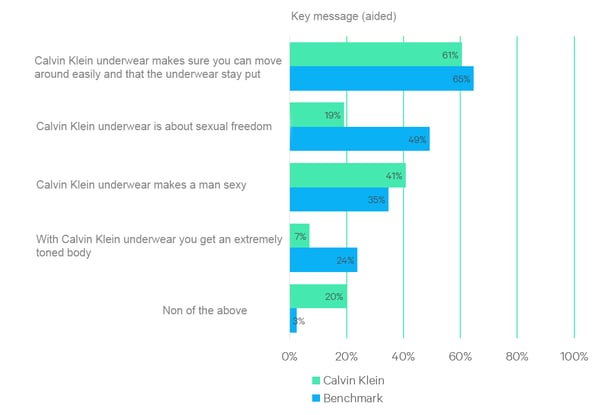
It's nice to see that, should Calvin Klein's message have been that the underwear stays on well while moving, that this was well conveyed by the commercial.
Also, the commercial conveys that the pants make a man look sexy. At least that's something.
But who is actually in charge (of the underwear)?
The above results are from the sample of the 'average Dutch.' You might be thinking, "Sure, I believe that men react negatively, but surely not women?" Fair point, but the question is: for whom is this commercial intended? A small online research confirms the idea that women often buy underwear for their sons, husband, or boyfriend. In fact, there are increasingly more women buying men's underwear for themselves (warm and comfortable).
Hence, we have made a gender-based split. In the graph below, you can see the difference between men (blue) and women (green). And yes, the commercial activates a significantly better balance of emotions in women. It triggers both higher positive emotions: Lust and Desire (no need to explain that, right?), as well as lower negative emotions. The commercial evokes more Fear in men (are they worried about something?). But still, the positive emotions in women are only average. And worse still, the negative emotions are also stronger than average among women.

These results also confirm that the commercial can definitely be improved. It is also noteworthy to mention that Involvement among men is significantly higher than among women. Are men then the target audience after all? The underwear sellers will surely have an interesting answer to that. Our preliminary recommendation: try to reach as many buyers as possible with your commercial, both men and women.
Conclusion & advice
That the commercial is successful looking at the number of views and comments is clear. And all this attention will most likely lead to more sales. However, it probably could have been much better with some small but significant adjustments.
A commercial like this, expensive and international, deserves to be tested during the concept phase. An MRI study would have revealed the results above at an early stage. Even a questionnaire would have shown that much needed to be improved, if not changed, as our online study shows. Anyway, it's too late for that.
The brand link with Calvin Klein should have been made right at the beginning of the commercial. It could have put the story in context and improved the effectiveness of it. Undoubtedly, negative emotions would diminish and desire and value would increase.
But the key lesson is that advertising should make ordinary things special and not extraordinary things ordinary.
Want to know more?
Email Martin at martin@neurensics.com

Continue reading

The AI paradox: smart algorithms, dumb data
AI and the Brain: we understand enough about the brain to know that AI doesn’t Artificial...
Martin de Munnik Read in 6 minutes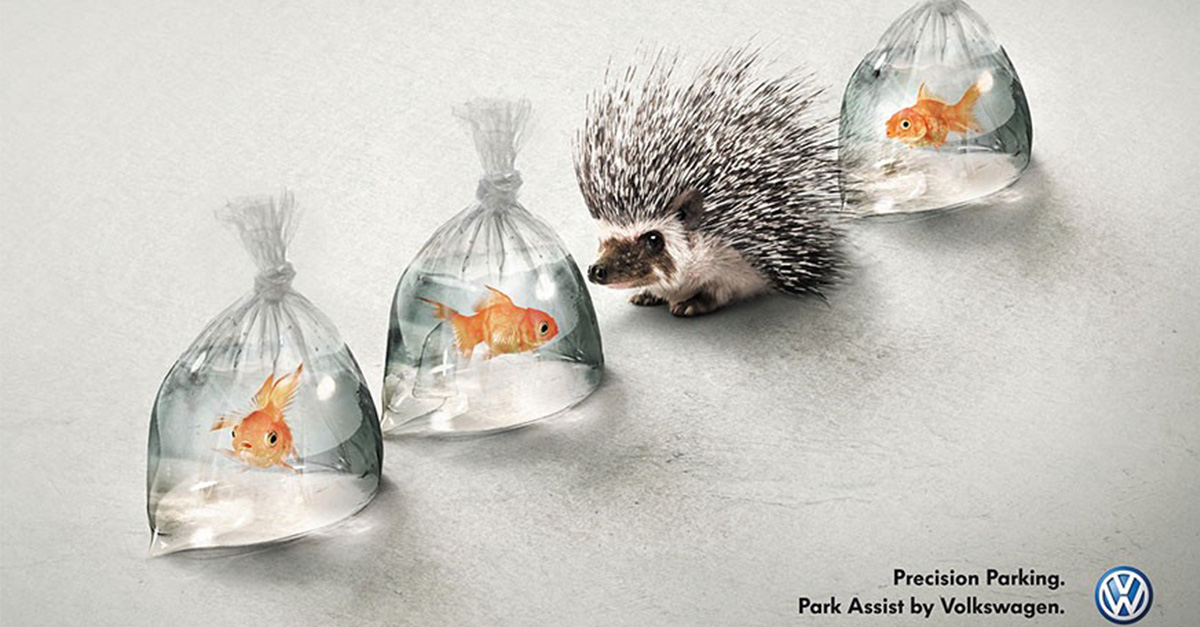
5 Tips to keep in mind during the creative development of a Campaign
Developing a campaign Working on a new campaign or have one coming up soon? Then your team or ad...
Neurensics Read in 9 minutes
The unique female brain
The science behind intuition, emotion, and decision-making We live in an era where the rise of...
Neurensics Read in 8 minutes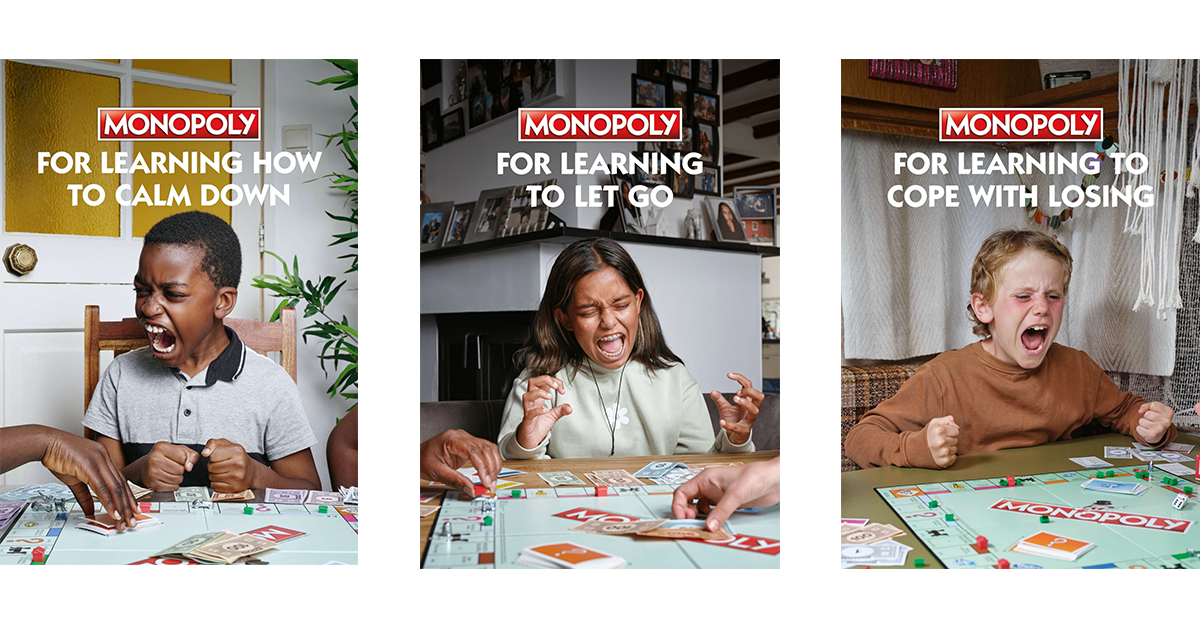
Angry faces: why negative emotions do work in this Monopoly campaign
First, let's look at some reactions on LinkedIn. There have been many positive and not so positive...
Neurensics Read in 10 minutes




